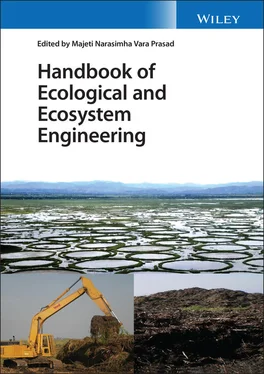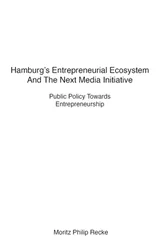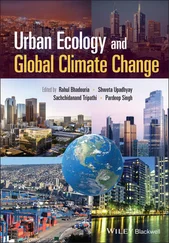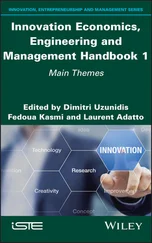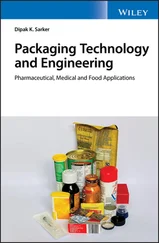Revitalization by ecosystem engineering:The species A. donax L. can be classified as “moderately salt‐tolerant” [155]. At 42 dS/m, the giant cane's overall growth is affected, but with zero mortality [155]. Gas exchange of giant reed leaves and their overall tolerance to salt is greater than in many food crops (like corn and rice) and energy crops such as Miscanthus, Populus, and Salix that are indigenous in regions where giant reed is now an invasive species [155]. Although A. donax L. is naturally tolerant, some research has tried to improve this tolerance to salts and select which varieties are best adapted to these stress conditions. Both salinity and water stress affect stomatal closure and eventually decrease the photosynthetic rate of this crop, but that some giant reed ecotypes are more tolerant to salinity than to water stress [156]. Also, the inoculation of arbuscular mycorrhizal fungi ( Rhizophagus intraradices and Funneliformis mosseae ) in giant reed can improve phosphorous extraction by the roots and the plant's overall tolerance to salinity. The plants' nutritional status has been improved along with the efficiency of nutrient use and response to saline stress conditions [157].
Miscanthus tolerance to saline conditions seems to be lower than that of giant reed. Biomass yields of Miscanthus spp. were reduced by 50% at 10.65 dS/m NaCl [158]. In greenhouse experiments, upland switchgrass showed low tolerance to 5 dS/m (with a reduction of 77% in the aboveground biomass, dry weight), while the lowland ecotype showed higher tolerance (with a reduction of 20% in the aboveground biomass, dry weight) [61].
2.4 Economic Revitalization of Degraded Soil Ecosystems
The sociotechnical paradigm related to bioeconomy topics is based on the assumption that biomass resources can be used to reduce dependence on fossil‐based resources, revitalize rural economies, ensure energy security, mitigate climate change, and provide environmental services [159]. In the previous sections, we saw how industrial crops can tolerate and provide remediation for a variety of soil/environmental conditions. Once produced in such environmental/physical conditions, biomass can be used for the economic revitalization of marginal lands [160].
Lignocellulosic crops (e.g. miscanthus, giant reed, switchgrass) represent a source of fermentable sugars, cellulose, hemicellulose, starch, and lignin that can be used for the production of either bioenergy and biofuels or biomaterials and bioproducts [161]. The biomass of bioenergy crops like Miscanthus spp., jatropha, and castor bean can be used for bioethanol production, and biomass from A. donax , Cannabis sativa , Cynara cardunculus, and kenaf can be used for bioenergy and fiber purposes [29]. The lignocellulosic biomass can also be used to produce medium‐density fiberboards, insulation mats, composites, nanocellulose, pulp for paper, etc. [33,162–164]. Other industrial crops can provide feedstock (e.g. gums, resins, rubber, terpenes, phenolic substances, triglycerides, alkaloids, among others) to produce high‐value‐added bio‐based products and green chemicals (food flavors, pharmaceuticals, cosmetics, nutraceutical products, bioplastics, lubricants, etc.) [165–173] along with second‐generation biofuels through an integrated biorefinery approach. Figure 2.1shows a schematic image of processing options and multiple bio‐based products derived from industrial crops.
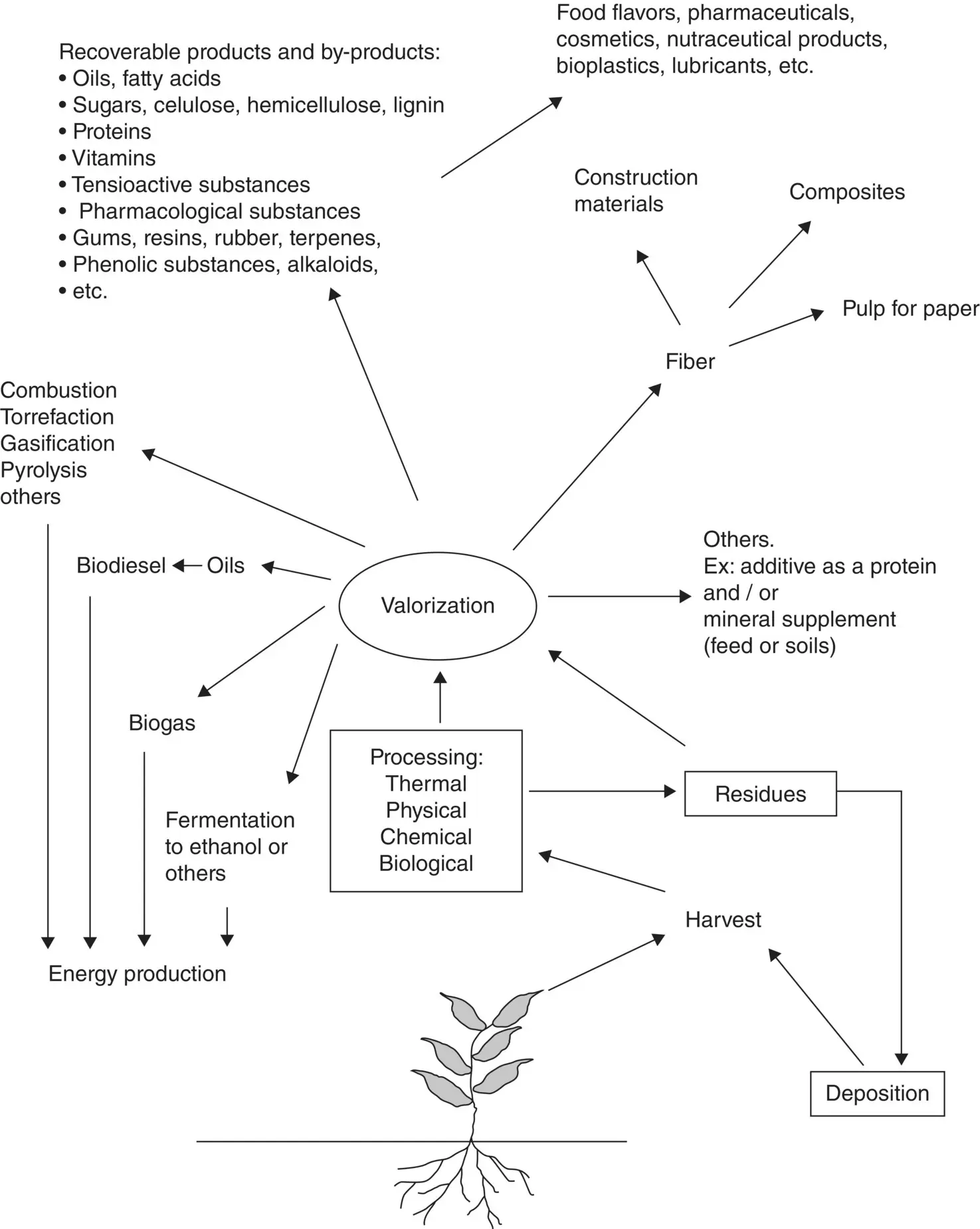
Figure 2.1 Examples of processing options and multiple bio‐based products derived from industrial crops.
Ecological engineering encompasses a variety of physical and chemical remediation technologies and, together with ecosystem engineering technologies such as bioremediation, dendroremediation, mycoremediation, and phytoremediation (and associated technologies), can be successfully applied to modify, restore, maintain, and/or (re‐)create functional ecosystems on marginal and degraded land. The joint application of approaches can result in more effective land recovery and restoration than using them separately.
Given soil cracking and low soil drainage, ecological engineering techniques such as microbially induced calcite precipitation, compaction control, surcharge loading, geogrids, and plant root reinforcement can reduce soil cracking. Super‐absorbent polymers can promote water uptake and utilization in sloping areas, which can optimize irrigation water schemes in regions affected by drought, erosion, and desertification. Extracted washing, electrokinetic remediation, chemical oxidation, nanomaterial remediation, adsorption, filtration, granular activated carbon, and photocatalysis are physical and chemical technologies that can effectively remove and stabilize heavy metals from marginal and degraded soils by changing the pH, moisture content, or oxidation potential. All these technologies can be applied efficiently to improve marginal lands; but when applied alone, they usually affect and can even stop soil functions.
Together with ecological engineering approaches, ecosystem engineering and, specifically, phytoremediation can further reduce soil constraints and promote the development of ecological functions. Under soil‐cracking conditions, introducing perennial energy crops can accelerate the decomposition of organic matter available in soil (incorporated, for example, via biosolids and other organic amendments), increasing soil aeration and fertility. These perennial crops can stabilize the soil's physical structure and promote soil organic carbon storage. They can also adapt to a variety of clay textures and promote the balance between water and gases in different soil types, including stony soil. This can be an essential aspect of soil management and restoration, especially for soils prone to drought and affected by salinization. Other industrial crops like V. zizanoides , sorghum, giant reed, and perennial ryegrass can also promote soil remediation given waterlogging or cold conditions, showing high tolerance to a huge range of environmental conditions. Many of the perennial crops used for bioenergy purposes produce high yields and fast growth at the same time, which can stimulate fungal and microorganism communities that help restore physical and chemical constraints in soils. In sloping areas, perennial crops like giant reed, switchgrass, Miscanthus spp., and P. purpureum can reinforce soil aggregates and provide support, increasing cohesive and adhesive forces and reducing susceptibility to erosion and landslides. The same crops can remove and immobilize the toxicological effect of heavy metals, other salts, and inorganic and emergent contaminants that reach the soil environment, providing a very efficient and cheap means to restore soil and improve soil conditions for the development of soil microorganisms, fungi, and other soil biota while also generating biomass for the bioeconomy (bioenergy, fiber, and other bio‐products).
1 1 Shortall, O.K. (2013). “Marginal land” for energy crops: exploring definitions and embedded assumptions. Energ Policy 62: 19–27.
2 2 Tve, A.M., Robinson, D.A., and Lark, R.M. (2013). Gradual and anthropogenic soil change for fertility and carbon on marginal sandy soils. Geoderma 207–208: 35–48.
3 3 Nsanganwimana, F., Pourrut, B., Mench, M., and Douay, F. (2014). Suitability of Miscanthus species for managing inorganic and organic contaminated land and restoring ecosystem services. A review. J. Environ. Manage. 143: 123–134.
Читать дальше
